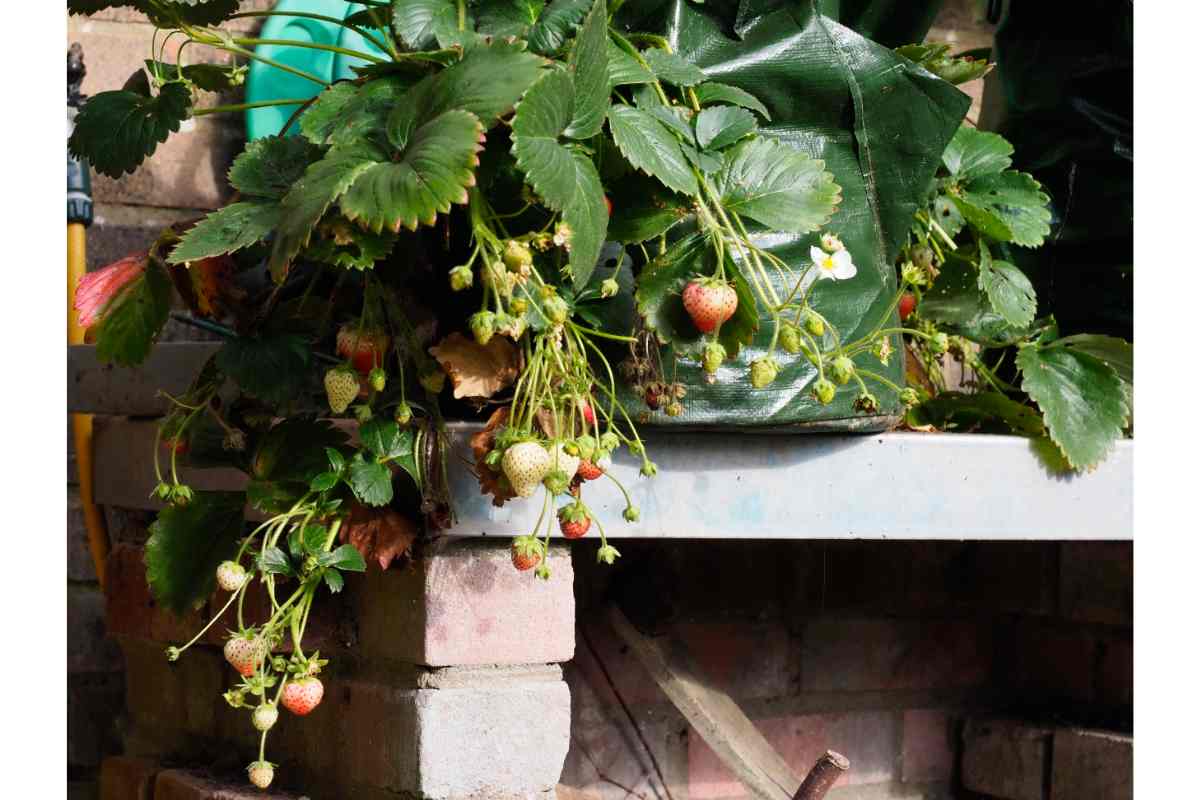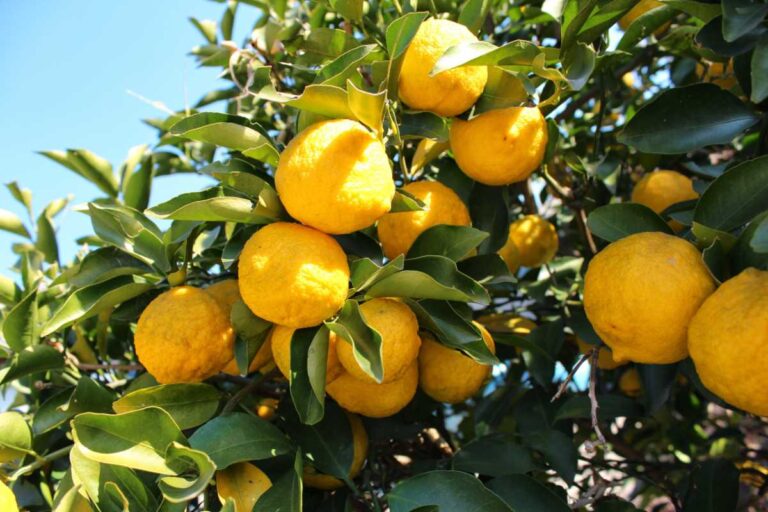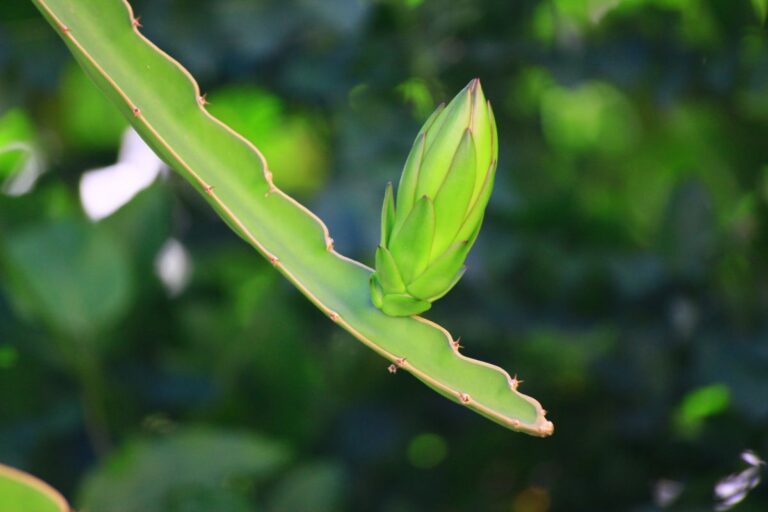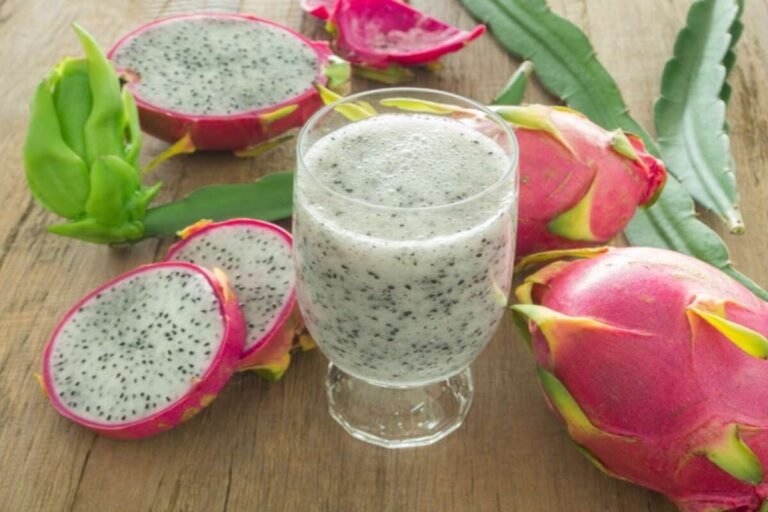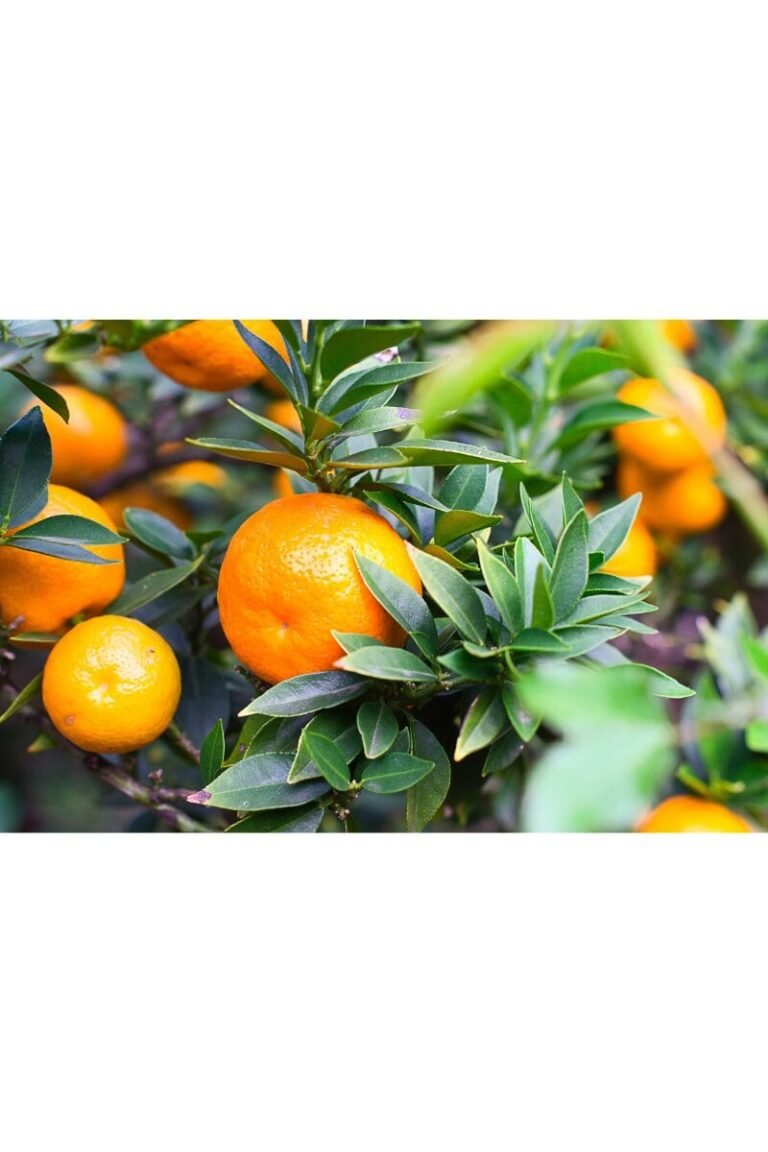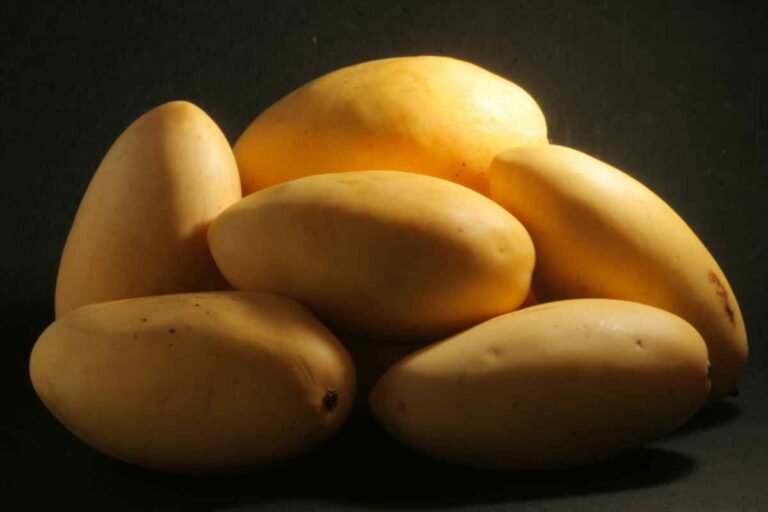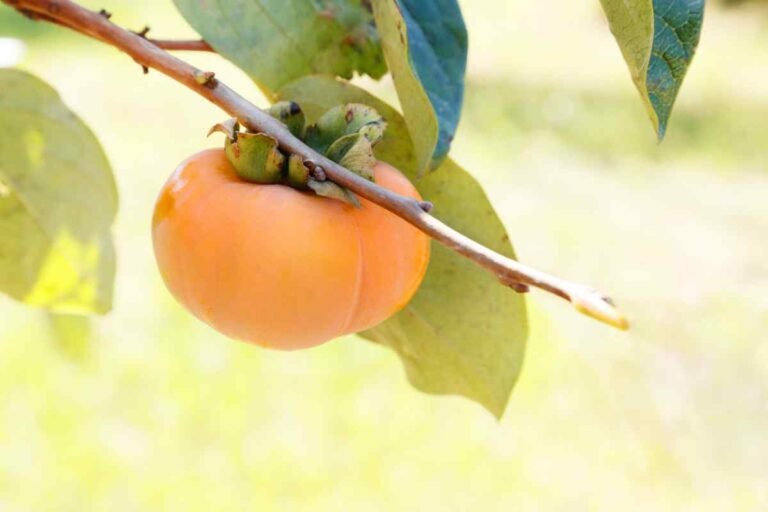How to Grow Strawberries in Grow Bags
Growing strawberries in grow bags is a fun and efficient way to enjoy fresh, homegrown fruit even in small spaces. This method is ideal for those with limited garden space or those who simply want to try their hand at container gardening. In this comprehensive guide, we will cover everything you need to know about growing strawberries in a bag, from selecting the right grow bag and strawberry variety to planting, caring for, and harvesting your fruit.
Choosing the Right Grow Bag
When it comes to strawberries in grow bags, the type of bag you choose can make all the difference in your plants’ success. There are several options available, including strawberry planter bags, strawberry plant bags, and hanging bags for strawberries. For optimal growth, consider selecting a strawberry grow bag specifically designed for this purpose. These bags often have multiple pockets or compartments to accommodate several plants, allowing for ample airflow and drainage.
Selecting Strawberry Varieties
Not all strawberry varieties are created equal when it comes to growing strawberries in a grow bag. Quinault strawberries, for example, are known for their adaptability and are a popular choice for container gardening. These ever-bearing plants produce sweet, juicy fruit throughout the growing season, making them an excellent option for your strawberry hanging bags or strawberry grow bags.
Preparing the Soil Mixture for Strawberries
One of the most important aspects of growing strawberries in grow bags is ensuring they have the right soil mixture. A well-draining soil that preserves moisture is essential for healthy strawberry growth. Many gardeners wonder, “Is peat moss good for strawberries?” The answer is yes! Peat moss for strawberries can be an excellent addition to your soil mixture, as it helps retain moisture and provides a slightly acidic environment that strawberries love. A good soil mixture for strawberries might include peat moss, perlite or vermiculite, and a high-quality potting mix.
Planting and Separating Strawberry Plants
Once you have your soil mixture prepared and your grow bags selected, it’s time to plant your strawberries. Begin by separating strawberry plants if they are clustered together. Gently tease the roots apart and plant each individual plant in its own pocket or compartment of the grow bag. Ensure that the crown of the plant is slightly above the soil line to prevent rotting.
Caring for Your Strawberries in Grow Bags
Proper care is essential for a bountiful harvest when growing strawberries in a bag. Ensure your plants receive at least 6-8 hours of sunlight per day, and water them consistently, keeping the soil moist but not waterlogged. Fertilize your strawberries every 3-4 weeks with a balanced, slow-release fertilizer. Monitor your plants for pests and diseases, and treat any issues promptly to prevent damage to your crop.
Growing Strawberries in Hanging Bags
Growing strawberries in hanging bags, or strawberry hanging grow bags, is a space saving and attractive way to grow your fruit. When using hanging strawberry bags, ensure they have adequate drainage holes and are made of a durable, breathable material. Like grow bags, follow the same planting and care instructions.
Harvesting and Enjoying Your Strawberries
One of the many benefits of growing strawberries in grow bags is the ease of harvesting. As the fruit ripens, it will change from green to a vibrant red color, indicating that it’s ready to be picked. In order to crop your strawberries, slightly pluck the fruit from the stem, taking care not to harm the plant. Enjoy your fresh, homegrown strawberries right away, or store them in the refrigerator for up to a week.
Pros and Cons of Grow Bags for Growing Strawberries
Using grow bags to cultivate strawberries has become increasingly popular among gardeners for various reasons. Now let’s explore the pros and cons of using grow bags, specifically for growing strawberries. We will discuss the advantages and disadvantages of growing strawberries in a bag, strawberry planter bags, and strawberry hanging bags, while incorporating the previously provided keywords.
Pros of Growing Strawberries in Grow Bags
Space-efficient
One of the most significant advantages of growing strawberries in a grow bag is that it allows gardeners with limited space to cultivate their fruit. Strawberry plant bags and hanging bags for strawberries can be easily hung on balconies, patios, or fences, freeing up precious ground space.
Better drainage
Strawberries in grow bags benefit from better drainage compared to old-style in-ground planting. Excess water can easily escape through the porous fabric of the grow bag, preventing root rot and other water-related issues.
Enhanced root development
Growing strawberries in a grow bag boosts strong root growth. The breathable material of the bag prevents root circling, ensuring that plants develop a robust root system.
Easy harvesting
Strawberry grow bags and strawberry hanging grow bags make harvesting a breeze. The elevated position of the fruit makes it simple to spot ripe berries and pick them without straining.
Pest control
Using strawberry grow bags can help deter some ground-dwelling pests, such as slugs and snails, from attacking your plants.
Cons of Growing Strawberries in Grow Bags
Increased watering
One drawback of growing strawberries in a bag is that the soil in grow bags tends to dry out more quickly than in traditional gardens. This means you may need to water your plants more frequently to maintain optimal moisture levels.
Limited growing space
While growing strawberries in hanging bags and strawberry planter bags is space-efficient, it also limits the number of plants you can grow. Gardeners looking to produce a large crop may find this restrictive.
Durability
Some grow bags may not be as durable as more rigid containers. Grow bags could require replacement more regularly depending on the fabric’s quality.
Aesthetics
While some gardeners appreciate the convenience and space-saving benefits of strawberry plant bags and hanging strawberry bags, others may find the appearance less visually appealing than traditional planting methods.
Temperature sensitivity
Grow bags may not provide as much insulation as in-ground planting or more substantial containers. This can lead to temperature fluctuations that may affect plant health, particularly in colder climates.
There are pros and cons of using grow bags for raising strawberries. While they offer numerous benefits, such as space efficiency, improved drainage, and pest control, there are also some drawbacks to consider. Ultimately, the decision to grow strawberries in grow bags depends on your individual preferences, gardening goals, and available space.
Final Thoughts
Growing strawberries in grow bags is a rewarding and space-efficient way to enjoy delicious, homegrown fruit. By following the tips and advice in this guide, you can successfully cultivate strawberries in a variety of grow bag types, including hanging bags and strawberry planter bags. You’ll soon be physically tasting the rewards of your labour with a little tender loving care. Happy gardening!
Frequently Asked Questions
Do strawberries like peat moss?
Yes, strawberries thrive in a slightly acidic environment, and peat moss helps provide these conditions while also retaining moisture in the soil.
Can you grow other plants in grow bags?
Absolutely! In addition to strawberries, you can grow a variety of fruits, vegetables, and herbs in grow bags, including growing onions in grow bags.
How long do strawberries in grow bags last?
With proper care, strawberries grown in grow bags can produce fruit for several years. However, their productivity may decline over time, so it’s a good idea to replace your plants every 3-4 years.

